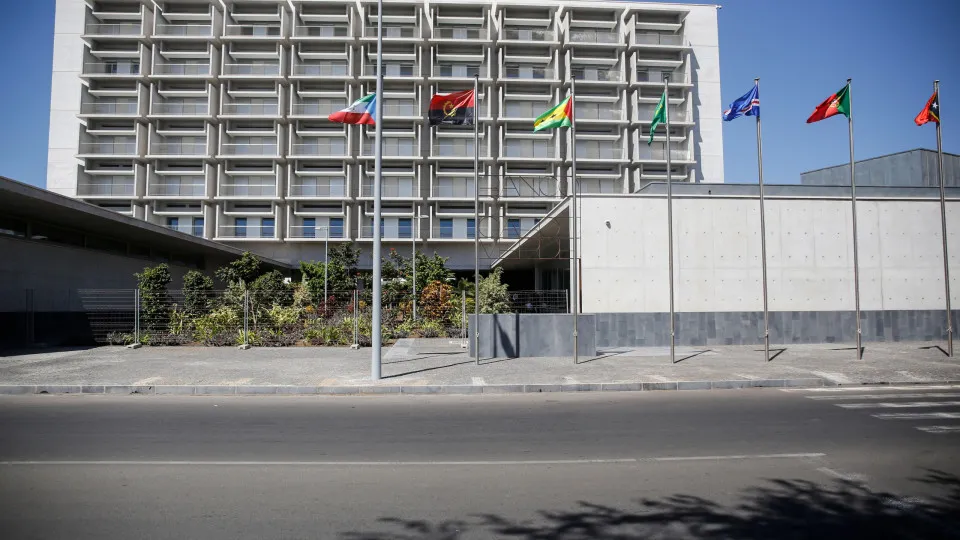
“In 2024, the process of drafting the new strategic plan for the bank commenced amidst multiple and complex challenges, including the need to adapt to innovation and digital transformation, and threats arising from cyber risks and geopolitical tensions, among others,” the document reads.
The central bank extended the timeline of the 2021-2024 plan to include 2025 and began preparing the next plan by approving strategic guidelines.
The institution has other ongoing projects, detailed in the report.
In terms of anti-money laundering and combating the financing of terrorism, the BCV “created a dedicated unit, launched a self-assessment questionnaire for banks, and intensified national and international cooperation.”
The report also highlights the pilot implementation of the Immediate and Inclusive Transfer System (STII) in partnership with the AfricaNenda Foundation, four commercial banks, and the Interbank and Payment Systems Society (SISP), “an initiative aimed at boosting financial inclusion in the country through the promotion of digital payments.”
The report published today summarizes various indicators related to the 2024 performance.
The BCV concluded the year with net international reserves equivalent to 6.5 months of imports, above the 6.2 months recorded at the end of 2023.
Throughout the year, the monetary authority implemented three increases in the reference interest rates—in May, November, and December—following the European Central Bank’s (ECB) policy to curb capital outflows and ensure the credibility of the fixed exchange rate regime of the escudo to the euro.
Foreign exchange reserves grew by 7.5%, reaching 84.7 billion escudos (768 million euros), with a return of 5.34%, up from 3.38% the previous year.
Governor Óscar Santos emphasized in the message introducing the report that “the increasing use of digital channels is noticeable, reflecting a preference among Cape Verdeans for electronic means” and promises a bank focused on “innovation in the financial system, through a series of initiatives, mostly regulatory, being attentive to the dynamics of digital transformation.”
“The multiple uncertainties of the current context and the accelerated pace of technological changes amplify the challenges to the central bank,” he added, stating that the central bank is prepared to safeguard “price stability and the resilience of the financial system.”




